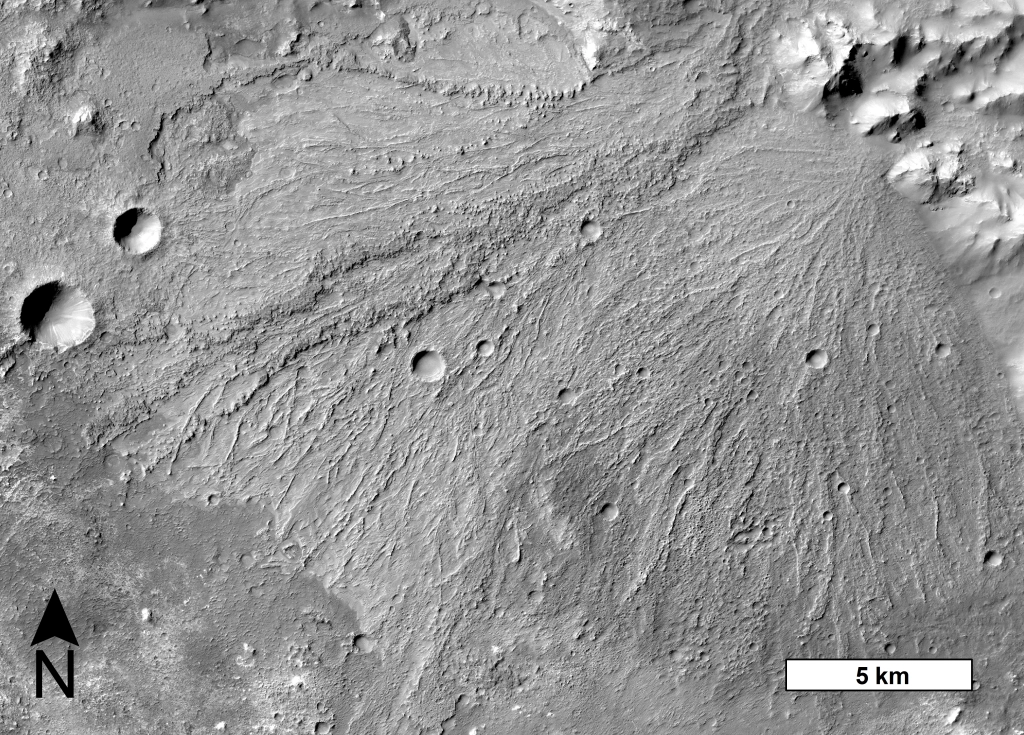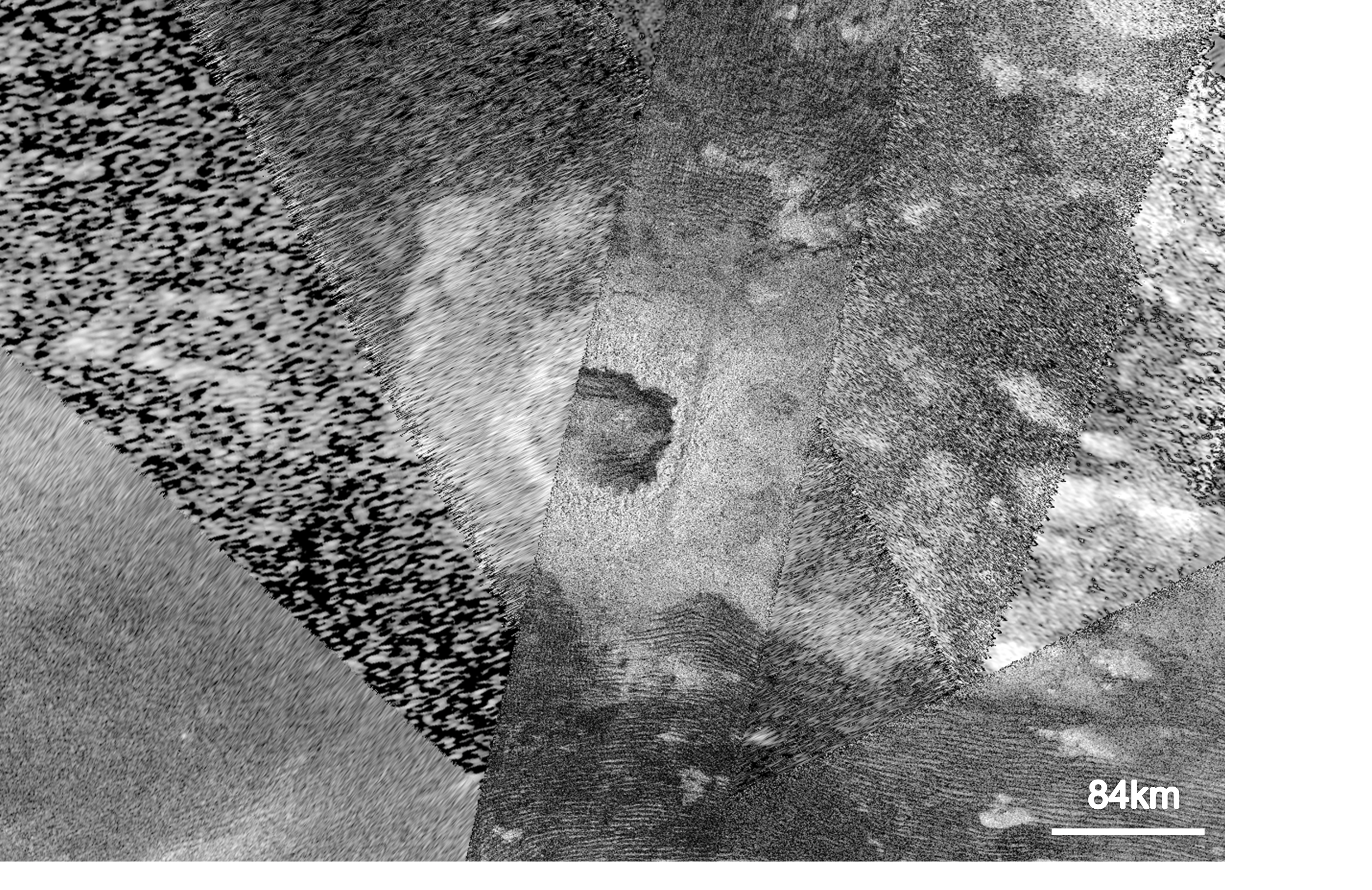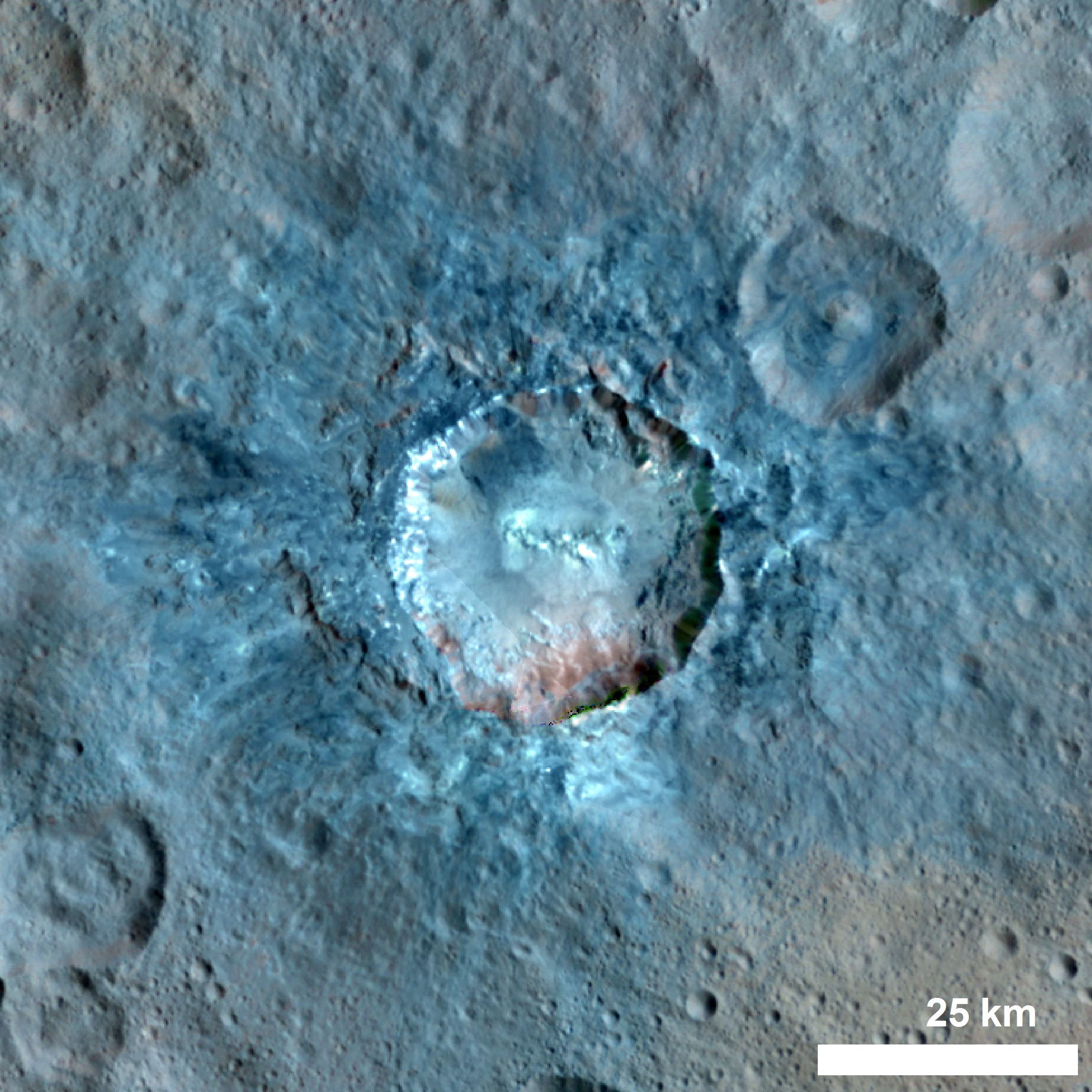Post contributed by Dr. A. Lucas. Research Scientist, Institut de physique du globe de Paris, France
A detailed analysis of both orbital and seismological data associated to the two largest seismic events recorded during the Nasa InSight mission to Mars (operational from the end of 2018 to the end of 2022), have been done by a team of researchers from the IPGP (Université Paris Cité / CNRS) and their colleagues. They have spotted a clear increase in the number of dust avalanches around the two epicenters of both quakes. The first seismic event was caused by an impactor hitting the Martian surface. The second seismic event was the largest marsquake ever recorded. This finding sheds light on how endogenous and exogenous processes can currently shape the surface of Mars and trigger active mass wasting.

Image 1: . Illustration of seismic waves triggering dust avalanches in an impact crater. © Nicolas Sarter for IPGP (an animation version is also available with permission to use: https://www.ipgp.fr/wp-content/uploads/2024/01/Animation_avalanche.gif, credits are © Nicolas Sarter (illustration) / Antoine Lucas (animation) )
(more…)
























